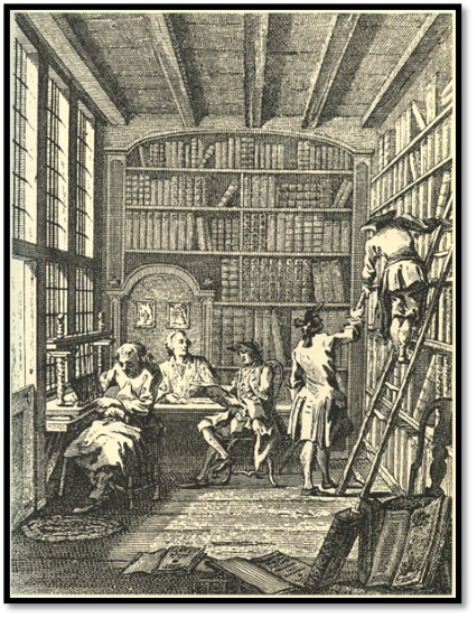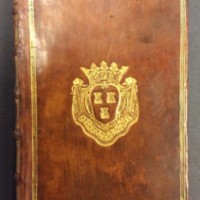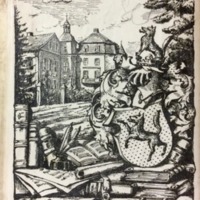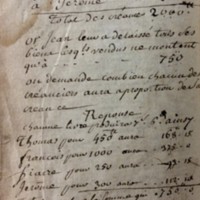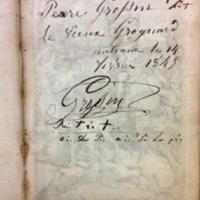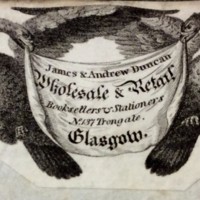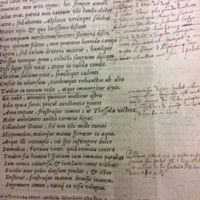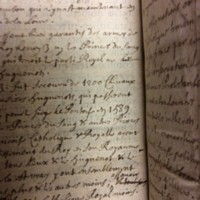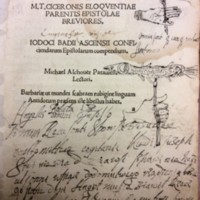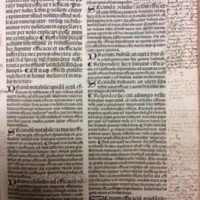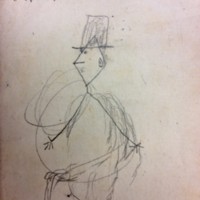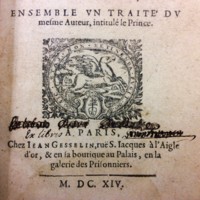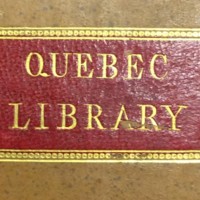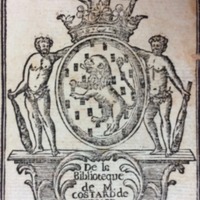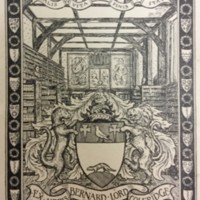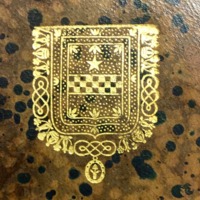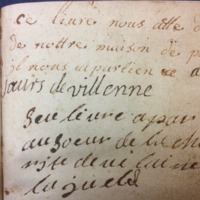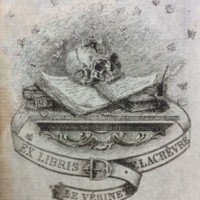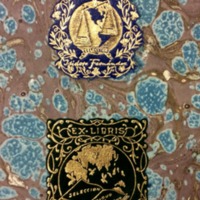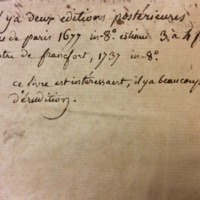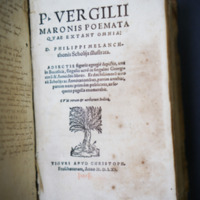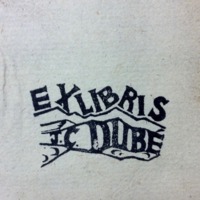Owners and readers
In the handpress era, where the cost of producing a book was extremely high, books were treated as valuable objects, and to own a book, especially an entire library, was an outer sign of prestige and wealth. There was also intellectual prestige to be derived from owning a book by a famous or revered author. Up until rather recently, owning a library was a luxury only available to the very wealthy. Thanks to the increasingly richly decorated bindings of the seventeenth and eighteenth centuries, a book could be sought out for not only its intellectual content but its great external beauty. Readers and book owners thus took great care to indicate ownership of their books and leave signs of possession of their treasures with their own hands. Books were annotated, censored, drawn in, calculated on, empty sheets within it used for each and every purpose imaginable, and bound in the latest styles by great artists of the day. One might write one’s name in one’s book, indicate to whom a book was given or from whom it was received, and if that wasn’t already enough, one could have one’s heraldic coat of arms engraved on the book’s covers or have an artist create a special bookplate, as per one’s requirements, to place within one’s precious book.
The study of “provenance” has become a true science, used to figuratively reconstruct famous libraries of the past, to chart the intellectual journey of an individual, or the retrace the path of a gifted book across the generations and the passage of time. It can also be an artistic and even psychological exercise for understanding the psychology attached to the phenomenon of possessing a library and interpreting what self-representation a library’s owners might be trying to convey through his collection and how he put it on display. What image of himself did a book owner wish to convey and leave as a legacy? Some indications of provenance are highly elaborate and even ostentatious; some are simplistic in their renderings. Some may be considered tragic, some comical, but none of them leave us indifferent to their significance.
Certainly, the easiest provenance to establish is that within items where indications of ownership has been clearly indicated. Deducing provenance may not be that easy in many other situations. The name of the owner is rarely easily ascertainable. Besides illegible signatures, subsequent owners are notorious for either carefully removing or mercilessly obliterating ownership marks stemming from previous owners and replacing the offending past with arms, marks, devices or designs of their own choosing that defines their new dominion with the item in hand.
The evidence of a book’s high value, particularly in the fifteenth century, is to be seen in the various promises of reward for return and other oaths painstakingly written by a current owner onto the flyleaves or inner covers of his prized possession. In one instance, an owner invokes blessings and promises of reward to anyone returning his lost bibliographic property. In other instances, owners take justice into their own hands and proclaim a curse on anyone foolish enough to hold onto a book that is not his own.

